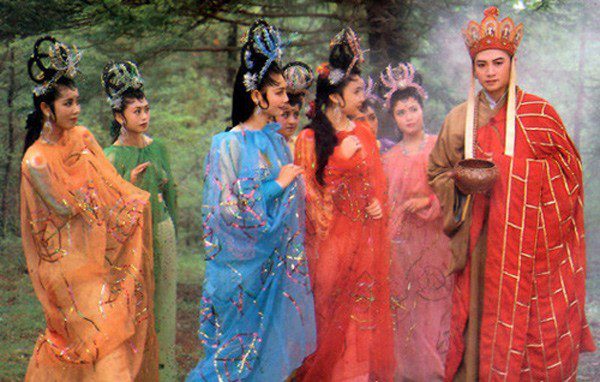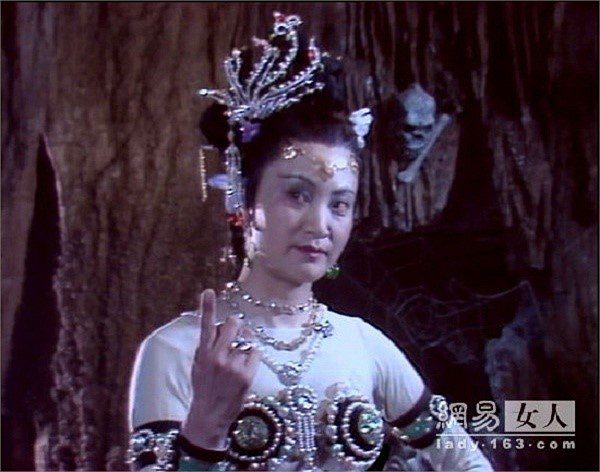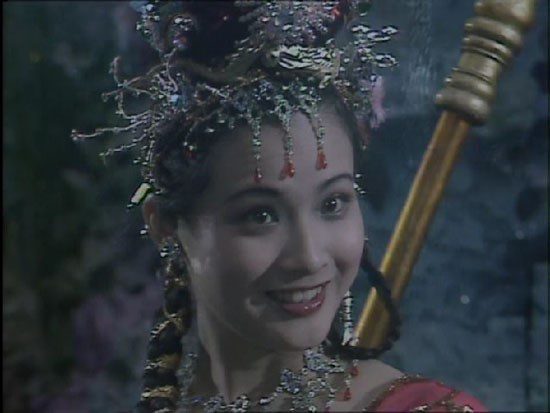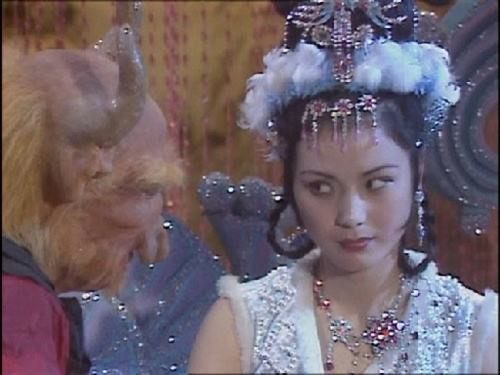In the expansive realm of Journey to the West, the diverse and enchanting “Spiritual Beasts” take on a variety of forms. From the fearsome to the whimsical, these creatures serve unique purposes, often embodying the essence of the narratives they inhabit. Notably, the fox spirit, known as Daji, stands out as a memorable figure in Journey to the West, often depicted as a beautiful yet cunning character, highlighting the complex nature of such beings.
While the traditional portrayals of these spirits may seem standard, the interpretations can vary greatly. The allure of these spiritual beings, particularly in the context of their relationships with human characters, adds depth to the storyline. With the spotlight on the captivating beauty and complexity of characters like Daji, what other enchanting spirits grace the pages of Journey to the West?
Bai Ze
Among the spirits, Bai Ze remains a profound figure that resonates deeply with audiences. Portrayed by the stunning actress Duong Xuan Ha, Bai Ze captivates viewers with her emotional depth and strength. Through her evolution in the narrative, the character embodies the struggles and triumphs of the spiritual world, particularly in her interactions with Tang Seng.
Bai Ze’s presence in the narrative is not just an addition but a pivotal element that influences the actions of other characters. Her interactions with Tang Seng depict a deep emotional connection, showcasing the evolving dynamics between characters.
Across various adaptations, Bai Ze is a name that many fans recognize, elevating her status as a beloved character with a lasting impact on the audience.
Long Gong Chua
Another notable spirit is Van Thanh Gong Chua, recognized for her formidable presence. Often depicted alongside the character Tieu Bach Long, she is portrayed as a fierce protector, embodying strength and resilience. This dynamic creates an intriguing contrast within the narrative, as she navigates the complexities of her role.
Her character’s origins are steeped in myth, and her role within the game adaptations showcases her as both a guardian and a formidable warrior. This duality enriches the storytelling, inviting audiences to explore the depths of her strength and character.
Cu Vị Hổ
Ton Ngo Khong is another captivating character that features prominently in the series, often referred to as the “Tiger King.” Alongside him is the beautiful Ngoc Dien Ho Ly, a character whose presence adds layers to the narrative. Her backstory intertwines with themes of jealousy and rivalry, enhancing the complexity of the storyline.
Cu Vị Hổ’s character reflects a blend of strength and vulnerability, showcasing the intricate dynamics of human emotions within the realm of spirits. Her presence contributes to the rich tapestry of relationships that define the world of Journey to the West.
Conclusion
The female characters in Journey to the West, despite their diverse portrayals, embody a myriad of traits—both virtuous and mischievous. Their presence adds a layer of richness to the narrative, captivating audiences through their complexity and charm. From the stunning Bai Ze to the fierce Long Gong Chua, these characters leave an indelible mark on the cultural landscape, reminding us of the intricate dance between beauty and danger in the world of spirits.




























